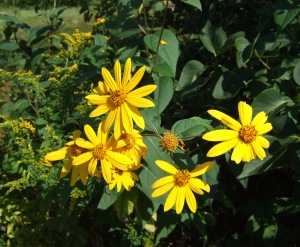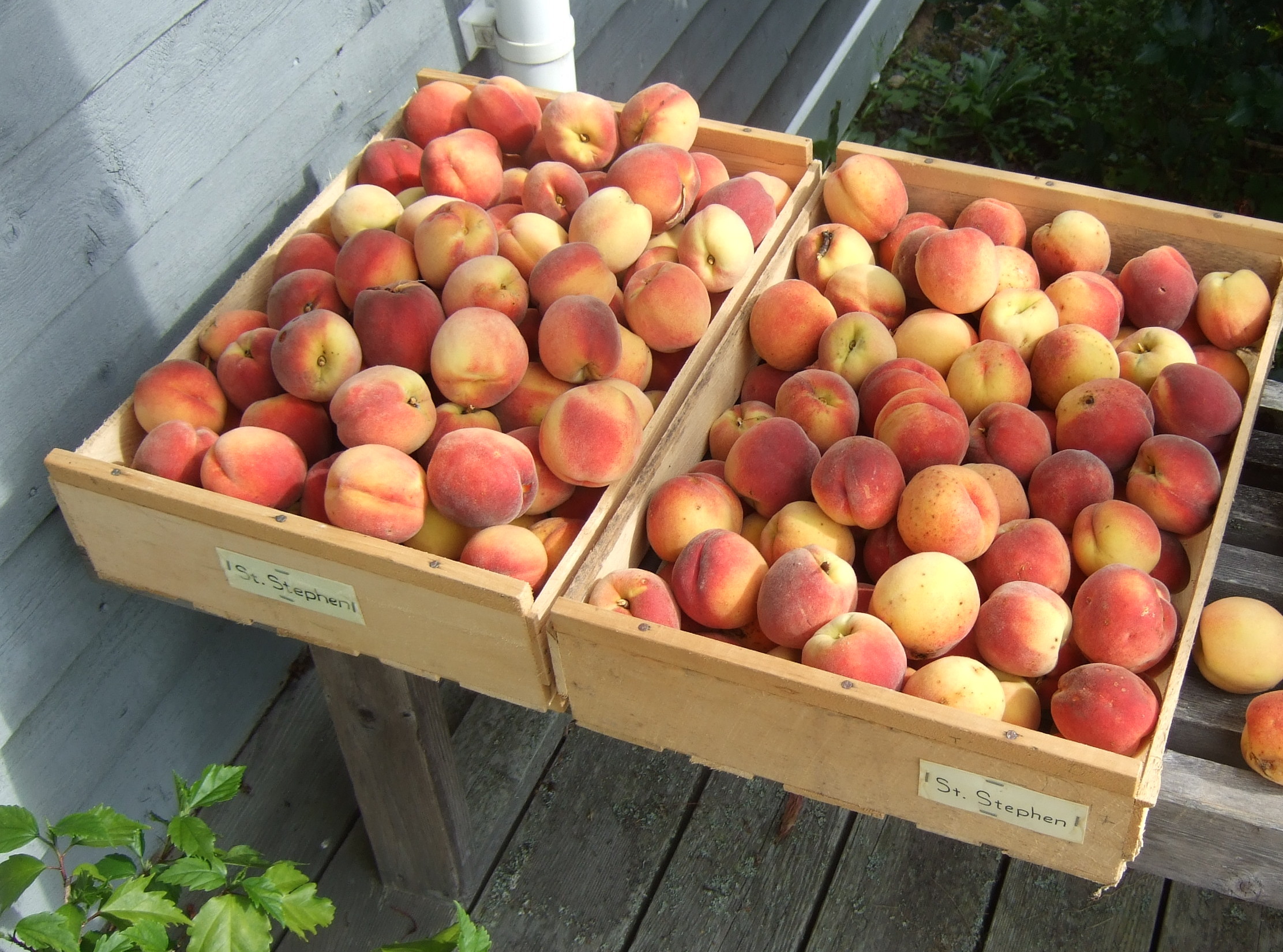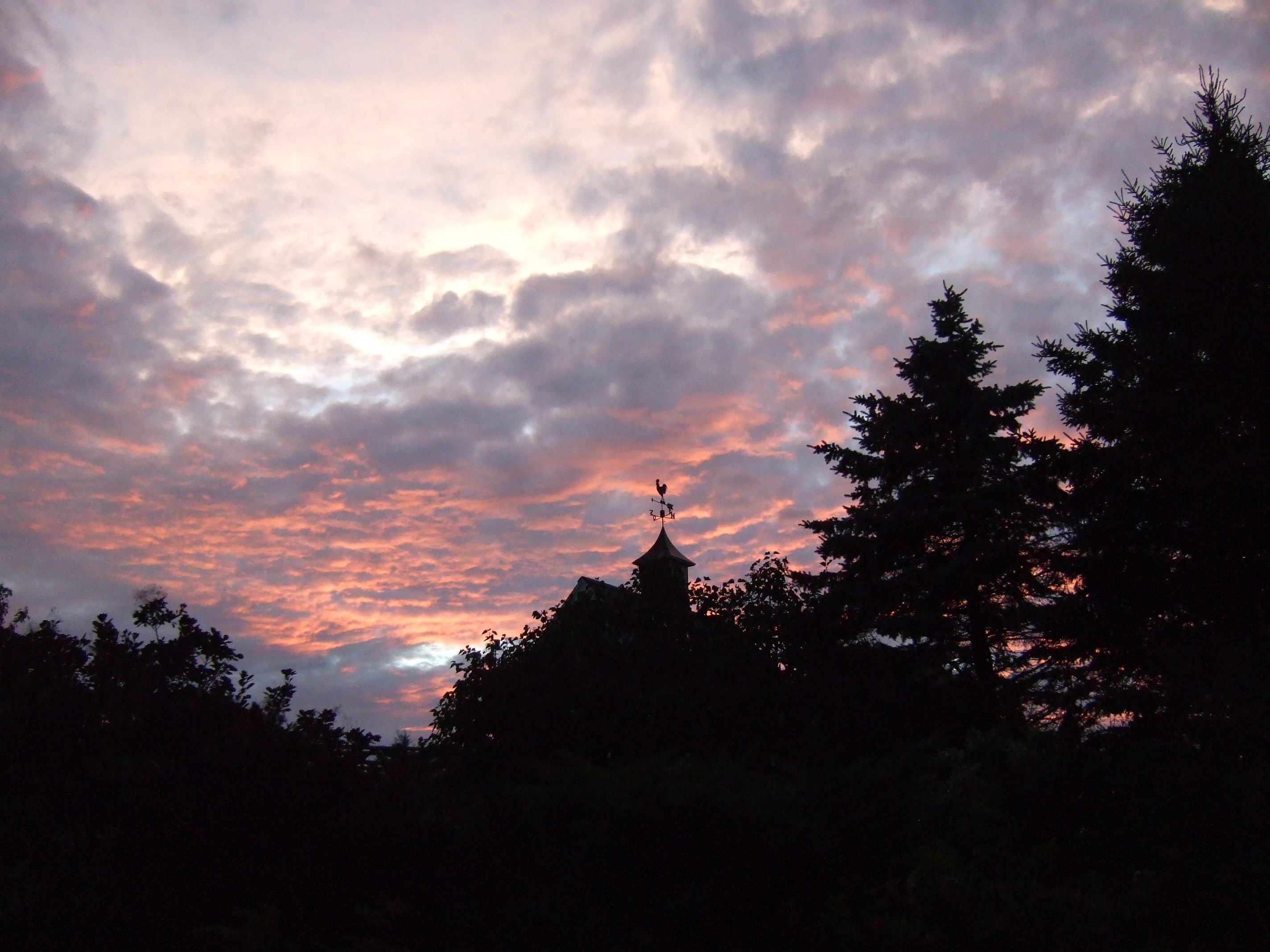Butterflies 101
When is a Monarch only a Viceroy, or even less regal – a mere Painted Lady? Your faithful blogger humbly confesses to having confused the various species of Lepidoptera in recent posts, and misidentified images of Viceroys and Painted Ladies as actual Monarchs.
The first image here is that of a Painted Lady filling up on nectar (or “nectaring’ as the experts call it) in a Chester garden. To the untrained eye, this beautiful insect looks just like the popular image of a Monarch butterfly. In a fascinating presentation entitled “Journey and Transformations”, Roberta MacDonald, a retired school teacher who has made a life-long study of Monarchs, clarified the differences for members of Chester Garden Club.

Monarchs have a strong connection with Nova Scotia during the summer months when they feed on nectar-producing plants in our province before setting off on their 4000 Km trip south to Mexico. The migration may take as long as 2 months, between September and November.


Monarchs are termed a “species at risk”, partly because of the arduous journey they undertake and also because of changes in their habitat. Deforestation in Mexico has depleted some of their roosting areas and their main food sources are scarcer, with many stands of milkweed and other special plants along their flight route having been destroyed by pesticides or replaced by housing developments and strip malls.
Roberta described the migration to and from Mexico as a journey that stretches over a year and involves several generations taking part at different stages of the trip. After a winter spent roosting in trees in Mexico, the Monarchs begin to start flying north in February, but no individual butterfly completes the round trip. En route north, the females mate and look for milkweed on which to lay their eggs; then they die. Those eggs hatch into larvae which eat voraciously and go through the chrysalis stage before becoming full-fledged butterflies. They in turn live only about two months before they repeat the process, so it only a fourth or fifth generation that actually reaches Nova Scotia. Nectaring plants in our area include not only three types of milkweed (asclepias), but also goldenrod, asters, purple coneflower, bee balm, and lilacs.

Roberta’s own interest in these lovely creatures was whetted when she was teaching science to young children in her classroom. They in turn became entranced as they watched the transformation from egg to larva to chrysalis to adult butterfly, and their parents were caught up in the general enthusiasm and some have since participated in an international banding program as part of a study to learn more about these tiny creatures.
The northern Monarchs are now on their way south and we wish them a pleasant journey. For additional information on Monarchs, why not check out these websites: www.monarchwatch.org www.naturecanada.ca and www.learner.org/north/
And to close this post, the photo below shows that there really were a few real Monarchs among all those Painted Ladies that we posted in earlier blogs. Still, it’s a lesson learned – as the saying goes: a little knowledge is a dangerous thing! Next time, we’ll be checking more closely.













